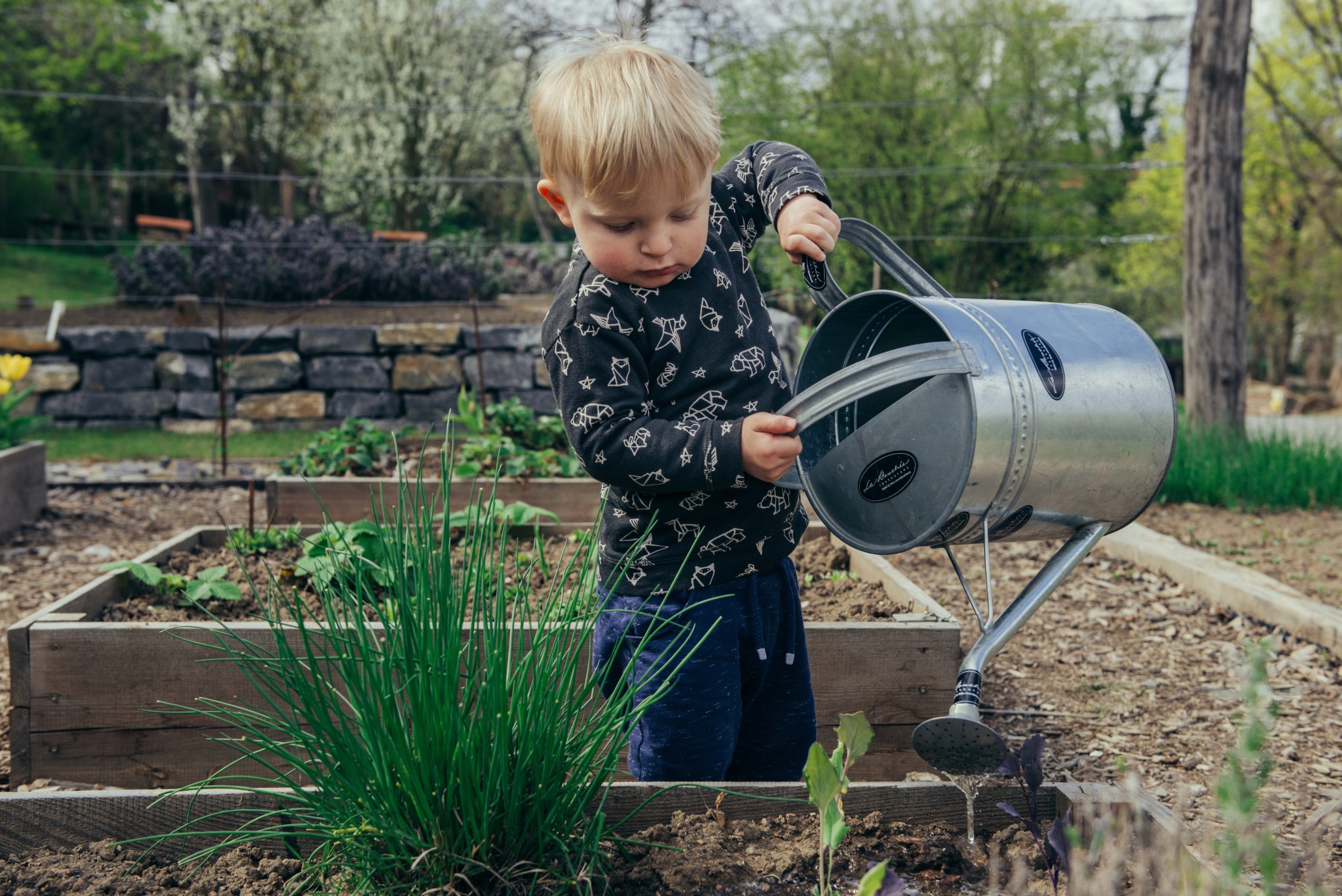If your garden looks anything like mine, it’s a landscape of sun-scorched, dry and lifeless bleh. Our patio plants, backyard garden and the front landscaping bed got wiped out from the unusually cold weather back in February. It didn’t help either that Spring was chalk-full of cooler and much wetter weather. So what is gardening in Zone 8?
Let it be known that I am no expert when it comes to gardening. And prior to the infiltration of the Coronavirus, I killed off all plants within a 1-2 week period (even the supposed ‘hard to destroy’ type plants). Over the years I spent far too much money on seeds and seedlings that never amounted to much of anything.
Fast forward to March 2020. I was determined that with all this time at home, and with the help of my overeager children, a Spring garden would be had. We planted spinach, tomatoes, cauliflower, beans, lettuce and squash from seedlings. Most all of which eventually starting producing some edible delights, and so our joy and love for gardening really bloomed. Google searches, books, podcasts and a bit of trial and error has led us to where we are today.
Here in Austin we are in what is known as Zone 8B. What does Zone 8B mean? Zone numbers are based on the lowest temperatures reached in the Winter months. The lower the temperatures get, the lower the Zone number. I believe the United States is home to zones 1-10. In any event, we will focus on August in Zone 8B.
If you’re wondering what will be successful for a Fall harvest for gardening, here’s what to plant now:
- Broccoli
- Brussel Sprouts
- Cabbage
- Cauliflower
- Corn
- Cucumbers
- Green Beans
- Irish Potatoes – these (somewhat difficult to find) seeds need planting during the last two weeks of August. They should be ready for harvest in about 90 days.
- Kale
- Lettuce
- Okra
- Pepper transplants
- Southern Peas
- Spinach
- Squash (zucchini, summer) seeds
- Tomato transplants – if you have existing tomato plants, now it the time to cut them back. There will be new growth and ideally more production come Fall harvest.
Gardening Tips:
- Mulch. It’s great for your potted plants too to help hold on to that water throughout the extreme heat of August.
- Fresh Compost. The nutrients found in compost are much more gentle on a plant than your typical fertilizer, especially on those plants that are already stressed. In addition, compost greatly helps improve the soil.
- Raised Flower Beds. Maintaining well-hydrated and nutrient-dense soil is a bit easier to do in a raised bed as it allows for proper drainage, and you’re able to determine exactly what mix of soil/compost/fertilizer you’d like in your beds.
Best of luck to you as you get to work on your garden. We know we are excited for a much bigger yield this coming season because of the knowledge we’ve gained since last August. And please, share any tips and tricks that you may have come across as well… such as smushing egg shells around those plants that snails like to eat. They don’t like the jagged edges on their bellies, so rather than navigate through, they move on.










